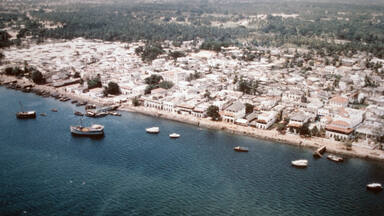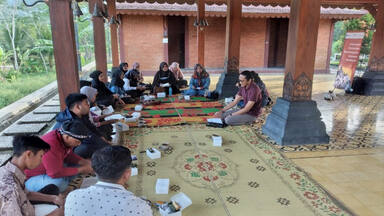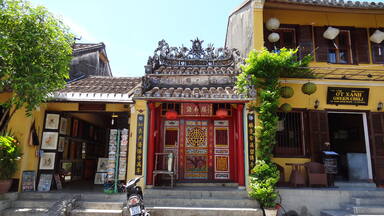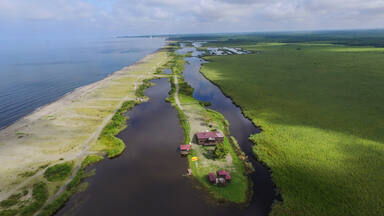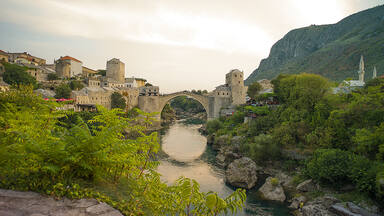The Angkor World Heritage site has long attracted visitors to Cambodia, providing a major driver for the country’s economy with a steady year-on year increase in visitor numbers.
The dramatic drop in visitor numbers (to below 200,000 in 2021 from roughly 6.6 million pre-pandemic) had severe impacts on local communities. In the previously thriving city of Siem Reap, local people resorted to growing or foraging for their own food to survive. At least 100 hotels and guest houses are estimated to have closed, with many more announcing long-term suspensions. However, local authorities decided to use the sudden opportunity of reduced pressure from visitor numbers to carry out a range of conservation and restoration works, improve access and also make important archaeological discoveries.
During 2022 UNESCO’s support for sustainable tourism initiatives was put to work, employing local people and carrying out improvements which will make the Angkor World Heritage site safer and more enjoyable for visitors, while protecting the integrity and values of the complex’s precious built heritage. It has also helped to support local artisan entrepreneurs – particularly women – and tourist guides to build stronger and more resilient businesses, based on the lessons learned from COVID-19.
Through a ‘Cash for Work’ scheme, unemployed tourism workers have been able to earn a wage while helping to build an initial series of new footpaths in Angkor Wat which will help to manage the flow of visitors and preserve the green areas surrounding the temple. Thanks to the work of the local community employed under the scheme, from 2023 onwards, visitors will also be able to explore the Baray Reach Dak on a series of eight boats (‘pirogues’), half of which have been restored, the other half of which are new. This will also help to enhance the experience for visitors, who will be able to get a much closer appreciation of the flora and fauna of the surrounding area.
© UNESCO office, Phnom Penh, Cambodia
UNESCO’s support is helping to improve the economic sustainability of tourism too, with training workshops held for vulnerable groups in local communities – particularly women artisans who specialise in local craft techniques such as lacquerware, ceramics, silk weaving and silver plating. The aim has been to provide artisans and craft professionals with the necessary skills to enhance the quality of their work, prepare products for exhibition and market them more effectively to local and international markets. Participants are also able to improve their business planning and branding skills, with the aim of being able to grow their businesses, become more profitable and improve living standards among family and colleagues in the local community.
Local implementation partner: APSARA National Authority, coordinated by the UNESCO Phnom Penh Office
“This training comes at the right time because we had nothing to do during COVID. It is the right moment to gain more knowledge”
“During COVID, I took a job as a construction worker because there were no tourists to take on tours”. “One of the most interesting topics I learned about in this training is the part on storytelling and learning how to inspire visitors about the history of the site.”
About Angkor
Angkor is one of the most important archaeological sites in South-East Asia. Stretching over some 400 km2, including forested area, Angkor Archaeological Park contains the magnificent remains of the different capitals of the Khmer Empire, from the 9th to the 15th century.
Project background
The ‘Promoting sustainable tourism and private sector engagement for inclusive community development in response to the COVID-19 crisis’ project was developed by UNESCO thanks to support provided by the German Federal Ministry for Economic Cooperation and Development (BMZ) and the Deutsche Gesellschaft für Internationale Zusammenarbeit (GIZ). The project aimed to address some of the immediate socio-economic impacts of COVID-19 on tourism and heritage and was implemented across seven countries and ten World Heritage communities.
Discover more
Discover more about what this programme is delivering on the ground, as well as personal stories from those who have been involved


